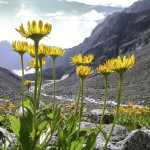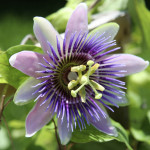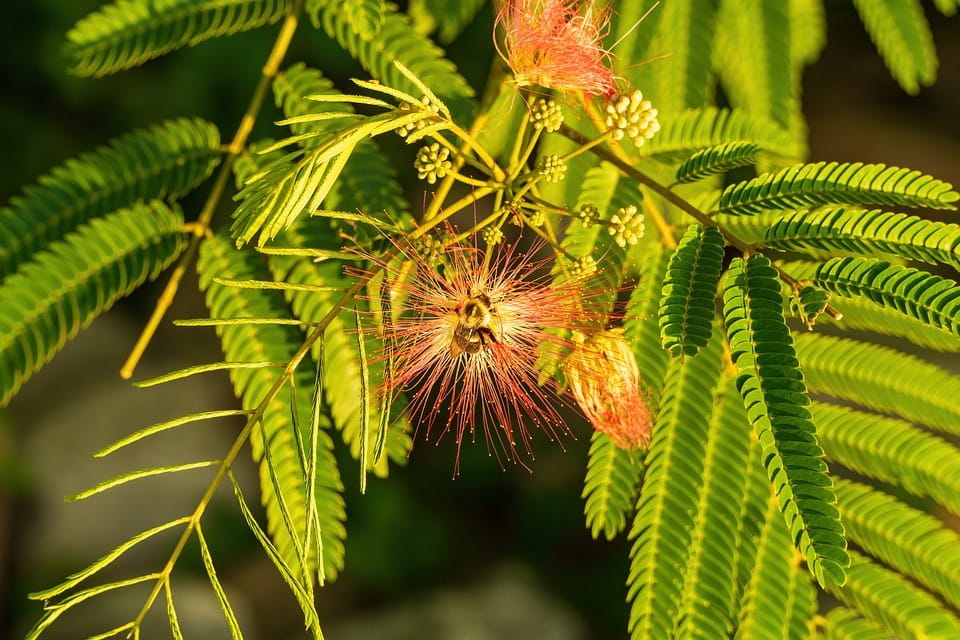This section is about herbs, herbal remedies, and medicinal plants used by folk as well as modern medicine. Many plants have been used for centuries as traditional remedies to treat several conditions. In modern ages, science researched herbs to find about their effectiveness and activity and included many of them in its two main plant-related branches: phytotherapy and pharmacognosy.
- Phytotherapy (also known as herbalism or herbal medicine) uses the whole (often unprocessed) plant to treat the patient in order to maintain its full activity. Many herbs do, in fact, contain several active compounds whose activity depends on their complex synergies.
- Pharmacognosy is a branch of pharmacology that studies the drugs which can be derived from herbs or other natural sources. The active ingredients of the plant are isolated and used, and may be further researched to develop new, more potent, chemical substances.
Here you can find a continuously updated list of the most commonly used herbs and medicinal plants. We will try to analyze their effectiveness by summing up data from scientific literature as well as folk and traditional medicine.
 Arnica montana: an effective remedy for bruises, bumps and muscle strain.
Arnica montana: an effective remedy for bruises, bumps and muscle strain. Echinacea Purpurea, Pallida and Angustifolia: a powerful immunostimulant that helps fight off common colds and other infections.
Echinacea Purpurea, Pallida and Angustifolia: a powerful immunostimulant that helps fight off common colds and other infections. Passiflora (Passifloraceae spp.): a natural sedative used to treat anxiety, stress, insomnia as well as muscle cramps, pain and gastrointestinal disorders.
Passiflora (Passifloraceae spp.): a natural sedative used to treat anxiety, stress, insomnia as well as muscle cramps, pain and gastrointestinal disorders. Mimosa Hostilis: a popular entheogenic plant that is used today due to its many benefits, ranging from healing to psychedelic properties.
Mimosa Hostilis: a popular entheogenic plant that is used today due to its many benefits, ranging from healing to psychedelic properties.